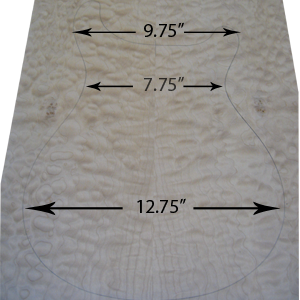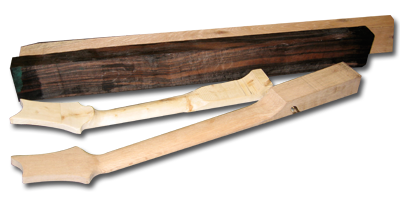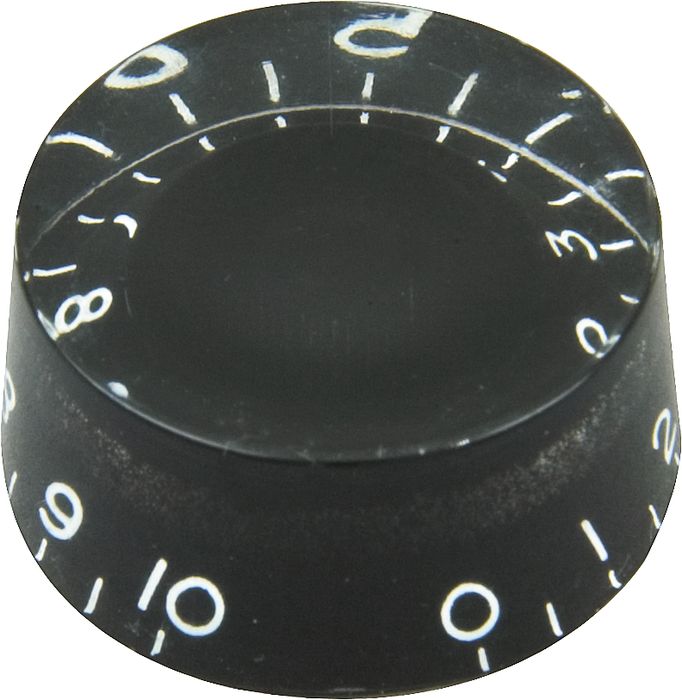Taking the time to design your guitar project before you jump into it is the most important step in building any guitar. Before you can design your guitar, you must figure out exactly what you want in your new guitar. Your guitar’s design will be shaped by the playing style, hardware and overall feel of the instrument.
I decided that I wanted to build a semi-hollow electric guitar for a few different reasons. I like the way they sound and I don’t have one like this yet. I guess those are as good of reasons as any when you are building a guitar for yourself.
The Blueprint.
Contents
I decided to model this guitar after the PRS McCarty double cut. I have always liked the way these guitars looked, so I decided not to make any changes to the actual body shape. Originally, I was going to change the heel of the guitar to a more sloping/ curved heel, but I decided to keep it traditional.
The Body
 After some careful consideration, I decided to go with a 12.75″ lower bout, a tight 7.75″ waist, and a 9.75″ measurement across the horns. This is a fairly typical PRS guitar measurement. It gives the guitar nice curves and makes it comfortable to hold and play. I plan to fit the body with three knob-controlled pots: volume, tone, and 5-way switch. I like the look of the switch pot better than an actual switch. I want to make this guitar look really smooth and polished. I think the symmetry of the three identical knobs will look great!
After some careful consideration, I decided to go with a 12.75″ lower bout, a tight 7.75″ waist, and a 9.75″ measurement across the horns. This is a fairly typical PRS guitar measurement. It gives the guitar nice curves and makes it comfortable to hold and play. I plan to fit the body with three knob-controlled pots: volume, tone, and 5-way switch. I like the look of the switch pot better than an actual switch. I want to make this guitar look really smooth and polished. I think the symmetry of the three identical knobs will look great!
Since this is going to be a semi-hollow guitar, I had to pick a top piece of wood and a back as well as decide how thick I wanted to make it. I decided to use a solid 1/2 inch quilted maple top on a Honduras mahogany back. This is going to look awesome.
The Neck
 Although there are many advantages to using a multi-piece neck, I like the traditional look of a one piece neck. A word of caution, if you are building a single piece neck, I recommend making a scarf jointed headstock and or a volute. Both of these building techniques will increase the strength of your neck. See my neck building articles for more info about scarf joints and volutes. I plan to do both of these on this guitar.
Although there are many advantages to using a multi-piece neck, I like the traditional look of a one piece neck. A word of caution, if you are building a single piece neck, I recommend making a scarf jointed headstock and or a volute. Both of these building techniques will increase the strength of your neck. See my neck building articles for more info about scarf joints and volutes. I plan to do both of these on this guitar.
Fretboard Scale and Fret Count
You might not think about this right off the bat when you are dreaming up your next guitar, but the scale length is extremely important. The scale length not only determines how long your neck has to be, it also dictates the position of your bridge. I decided to go with a relatively long scale length of 25 inches. This is a pretty typical scale length for PRS guitars. I also decided to make a 22 fret guitar. Please see my scale length article for more info.
Guitar Hardware
There are a million different options for hardware, so you really just need to think about what you want and then try to find it. I wanted to get a Tonepros bridge that doesn’t require a separate tailpiece. The additional tailpiece adds clutter to the guitar, so I found a wrap-around style bridge. There are pros and cons to both types of bridges, but I made the decision to go with the wrap-around. I also decided to put locking tuners on this guitar. Almost all companies make locking tuners, but I would only recommend USA Sperzel tuners or German Schaller tuners. I decided to go with Gold Schallers for this project.
Guitar Electronics
The traditional PRS-style guitar has two humbucker pickups. I wanted to keep the same look of this, so I order two custom Seymour Duncan humbuckers with gold covers. As I said earlier, I want to keep the wiring simple with just three knobs. Nothing too crazy.
On to the Building Phase!
Now that I have finished the design of my new guitar, I can start the wood and parts buying process. It is important to at least have the plans that I mentioned above figured out before you go out and start buying all kinds of stuff. Your ideas can change with your project and that can add up pretty quickly. I recommend deciding your body shape, size and style along with the neck type and scale length. You can figure out the hardware as you build. Now it’s time to go buy some materials!

